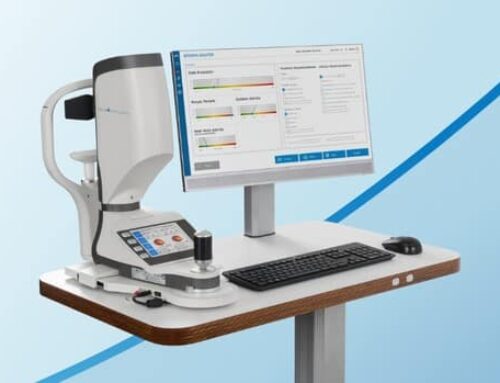In the United Kingdom, where one in three individuals over 65 grapples with this condition, cataracts have become a significant public health concern, with 330,000 surgeries performed annually in England alone. But beyond these numbers lies a complex interplay of biology, technology, and patient care that’s reshaping our approach to eye health.
Our understanding of how cataracts form and progress has also been greatly improved over time, although the basic definition (proteins clumping in an eye lens) has not changed drastically. Cataracts are no longer seen as just a normal part of getting older, but rather an indicator of our health and lifestyle choices. With this paradigm shift come new opportunities for prevention and early intervention.
Types of Cataracts
Cataracts are not a monolithic condition. The three main types – Nuclear, Posterior Subcapsular, and Cortical – each present unique challenges and progression patterns.
Nuclear Cataracts: The most common type, appearing in the nucleus of the central part lens and cause near vision to be clear but distant objects become blurry. The lens can become yellow, or even brown with time, which also leads to further loss of vision and colour perception.
Posterior Subcapsular Cataracts: This type is found more frequently in people with diabetes, and those on steroid medications – it starts as a small spot at the back of the lens near to where light enters eye making reading difficult can cause glare or halo around lights. They often advance more quickly than the others.
Cortical Cataracts: Beginning as wedge-shaped white streaks on the outer edge of your lens, they will eventually reach to the central portion at its slide and prevent light from reaching inside.
Pre-operative Tests and Assessments
The pre-operative evaluation of a cataract has dramatically changed in the last twenty years. Gone are the days of relying solely on visual inspection. More and more often, independent and high street opticians offer comprehensive examinations.
The tests, which are generally offered as a package, include:
Review of Medical History: A review of general health and eye health to uncover any conditions that could affect the surgery.
Standard eye test where patients are asked to read a chart of letters and numbers from distances to determine how well they can see.
Slit-Lamp Examination: A special microscope and a drop to dilate the pupil are used to examine your eye structures, including cornea, iris and lens as well as space between the iris and the cornea.
Advanced Retinal Exam
Today’s advanced imaging systems, like the Huvitz HOCT; iCare EIDON AF; iCare DRSplus and the Tomey CASIA2 offer unprecedented insights into the eye’s structure. These tools are not only for diagnosing cataracts; they offer a more detailed picture of overall eye health and often identify other conditions that might otherwise go undetected.
For example, some tests like Indirect Ophthalmoscopy and Tonometry Testing are not ordinary routine checks but often the strongest barriers against onset of problems under our watch – in this case conditions like glaucoma.
The holistic thinking around the full eye exam mirrors a wider movement in medicine towards greater integration of care, all focused on the patient and not the particular disease.
Bridging Diagnosis and Treatment
The road from diagnose to treatment is no longer a one way street. Deciding to have surgery is a multilayer process that considers such aspects as overall health, demands of day-to-day life and even mental preparation. Current cataract management is not only for sight correction; it relates to life quality as well.
Technological advances in intraocular lens (IOL) technology have transformed cataract surgery from a restorative procedure to a refractive one. This technology, along with advances in extended depth of focus IOLs (trifocals and extras), has given patients the opportunity to also target preexisting vision issues at time of cataract removal, which is a significant advancement for more customised visual freedom.
Prevention: A New Frontier
While cataracts remain an inevitable reality for many, the focus on prevention represents a paradigm shift in eye care. The focus on everyday lifestyle factors — from UV protection, to diet— underscores the strong relationship between eye health and general wellness. This holistic approach not only aims to delay cataract formation but also promotes better eye health throughout life.
Conclusion: Looking ahead to the Future
Long may the revolution continue, and cataract care will no longer be merely a recognition of one thing we treat in our eye clinic but actually an entirely new way to think about health. As advanced diagnostics are integrated with personalised treatment plans and preventive strategies, the path is forming for us to have more control over cataract-induced vision impairment in future.
For patients and practitioners alike, staying informed and proactive is key. Regular eye check-ups are no longer just about maintaining vision; they’re about gaining insights into overall health and well-being. As we continue to unveil the intricacies of cataracts, we’re not just clearing the fog from our vision; we’re opening our eyes to a new era of comprehensive eye care.







